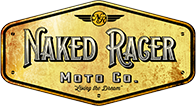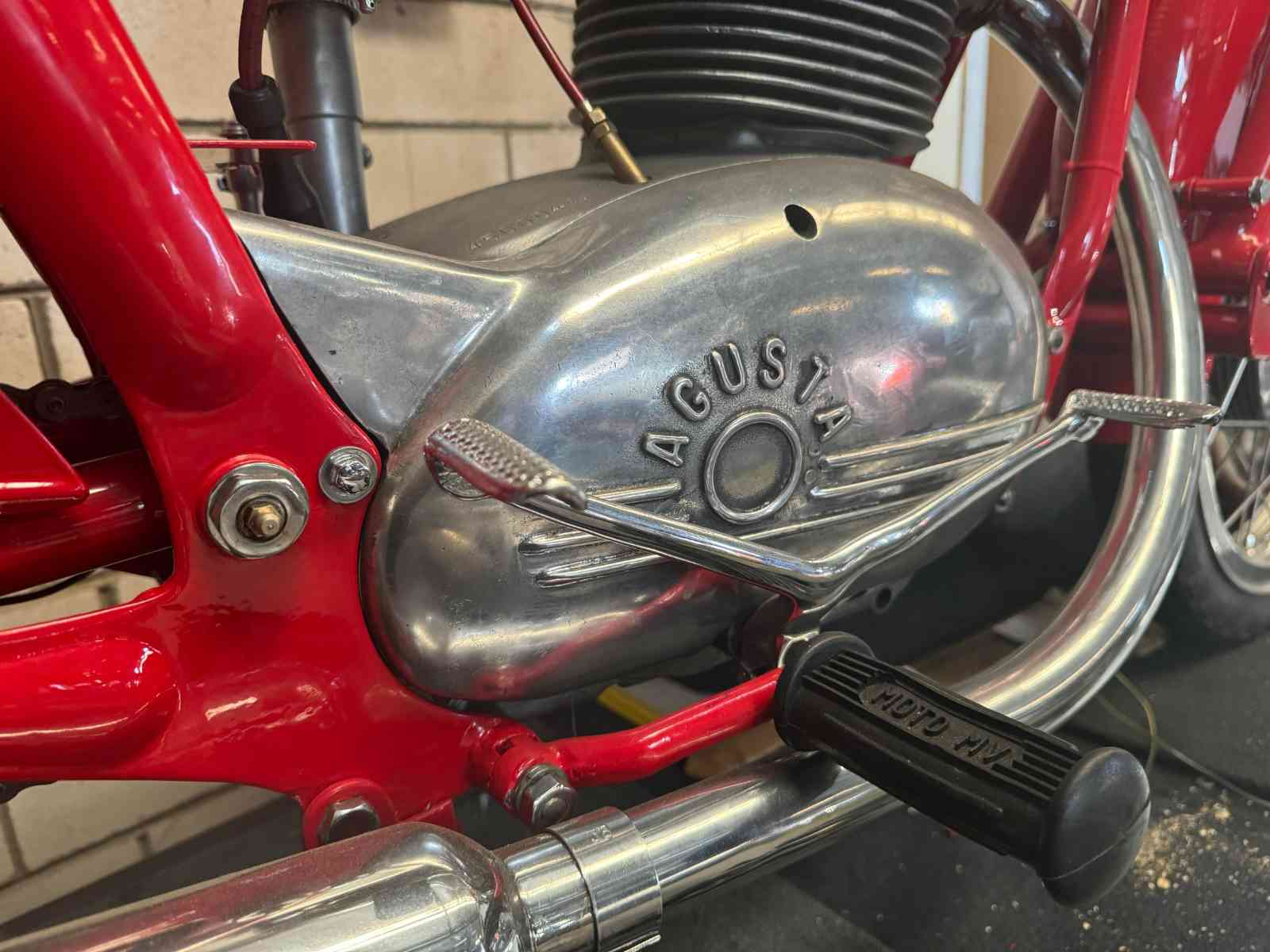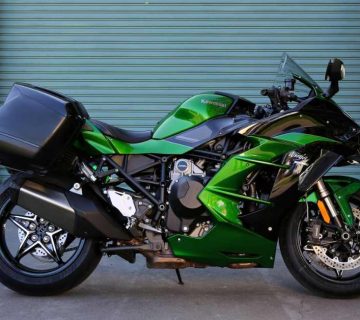MV Agusta Motorcycle
MV Agusta Motorcycle is synonymous with excellence in both aviation and motorcycling. This storied brand began its journey over a century ago, rooted in a passion for flight and later transitioning into a legendary name in motorcycle racing. The story of Agusta is one of innovation, resilience, and a relentless pursuit of perfection.
The Origins of Agusta
The company’s inception dates back to 1907, when Count Giovanni Agusta, a Sicilian aristocrat with a genuine interest in aviation, founded the Agusta aeronautics company in Palermo. Giovanni’s vision was clear from the beginning—to push the boundaries of technology and create exceptional flying machines. His endeavours quickly gained traction, and he soon moved the company to Northern Italy, establishing a base in Cascina Costa.
Initially, Agusta focused on servicing planes from other manufacturers, but the outbreak of World War I shifted the company’s focus. Giovanni Agusta began producing his models for Italy’s Royal Air Force, the Regia Aeronautica. This period marked the beginning of Agusta’s commitment to excellence and innovation in aviation.
From Aviation to Motorcycles
Following Giovanni Agusta’s death in 1927, his widow, Countess Giuseppina, and son Domenico took the helm of the family business. Under their leadership, Agusta expanded its operations and solidified its position in the industry. However, the end of World War II brought significant changes to the aviation industry. The demand for aeroplanes plummeted, prompting Domenico to diversify into motorcycles while maintaining a foothold in aviation.
This strategic pivot proved to be a defining moment for the company. Agusta motorcycles quickly gained a reputation for their cutting-edge technology and superior performance. The company’s pioneering attitude was evident in every aspect of its motorcycles, setting the stage for future success.
The Golden Age of Agusta Motorcycles
The post-war era saw Agusta motorcycles at the forefront of technological advancements. The brand’s commitment to innovation was unwavering, reflected in their motorcycles, which were consistently ahead of their time. Agusta’s engineers constantly experimented with new technologies, pushing the possible boundaries of motorcycle design.
Hiring the Best Riders
One key factor behind Agusta’s success was its focus on racing. Domenico Agusta had a deep passion for the racing world and was determined to make Agusta a dominant force on the racetrack. In 1951, he hired Leslie Graham, an ex-RAF pilot, to ride the twin-cam MV 125. Graham’s victory at Thruxton, England, began a long streak of Agusta’s racing successes.
The Birth of Agusta Helicopters
In 1955, the Agustas boldly moved by acquiring the license to produce Bell Helicopters. This marked the birth of Agusta Helicopters, which would become one of Italy’s most important defence industry assets. Despite this new venture, Domenico Agusta’s passion for motorcycles remained strong.
Carlo Ubbiali and Early Championships
In 1956, Domenico hired Carlo Ubbiali, a racing legend nicknamed “the flying Chinaman” due to his distinctive appearance. Ubbiali’s prowess on the track led to five World Championships in the 125cc category and two in the 250cc category. His success solidified Agusta’s reputation as a dominant force in motorcycle racing.
Decline in Sales and Response
The late 1950s and early 1960s saw a sharp decline in production motorcycle sales due to the rise of mass car ownership. However, Agusta responded by offering increasingly innovative models that appealed to true motorcycle enthusiasts. This strategy and continued racing successes ensured the brand’s survival during challenging times.
Innovations in Riding Techniques
In 1961, Agusta brought in another racing hero, Mike Hailwood. Known for his innovative “froglike” riding position, Hailwood’s techniques revolutionized motorcycle racing. His victory at the 1965 Tourist Trophy with a 4-cylinder 500cc bike marked a significant milestone for Agusta.
Record-Breaking Championships
The mid-1960s marked the rise of Giacomo Agostini, the most acclaimed champion in motorcycling history. Agostini’s partnership with Agusta led to an unparalleled record of 13 World Championships and 18 Italian titles. His dominance on the racetrack was a testament to the superior engineering of Agusta motorcycles.
Succession and Achievements
Following Agostini’s departure, Phil Read, known as the “gentleman rider,” took up the mantle. Read’s brief but impactful tenure with Agusta included winning a World Championship. His sophisticated style and skill further cemented Agusta’s legacy in motorcycle racing.
The Decline and Hiatus
The early 1970s brought significant changes to Agusta. Domenico’s brother, Corrado, sold a controlling share of the family business to EFIM, a state-owned conglomerate. In 1977, EFIM decided to halt motorcycle production, marking the end of an era for Agusta. Despite producing 37 World Championship titles and 260,000 bikes, the brand faced a temporary hiatus.
Revival by Cagiva
In 1992, Claudio Castiglioni’s Cagiva acquired the dormant MV Agusta trademark. This acquisition marked the beginning of a new chapter for Agusta. Under Castiglioni’s leadership, the brand’s popularity with racing enthusiasts remained strong. New models were introduced, and Agusta’s pioneering spirit and commitment to leading-edge technology were preserved.
Modern Developments
In 2017, Luxembourg-based ComSar Invest, led by Russian entrepreneur Timur Sardarov, became a shareholder of MV Agusta. Sardarov’s leadership brought consistent capital injections and significant investments, setting the brand on a steady growth path. Digitalization and the reinforcement of dealer networks were prioritized, enhancing the overall riding experience for enthusiasts.
Agusta’s modern strategy includes a strong focus on digitalization. Enhancing the dealer network and after-sales service is a key priority, ensuring that next-generation bikers receive the most comprehensive and exciting riding experience.






No comment